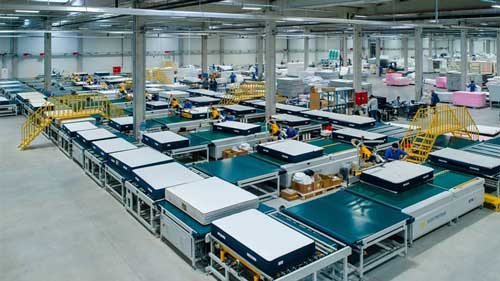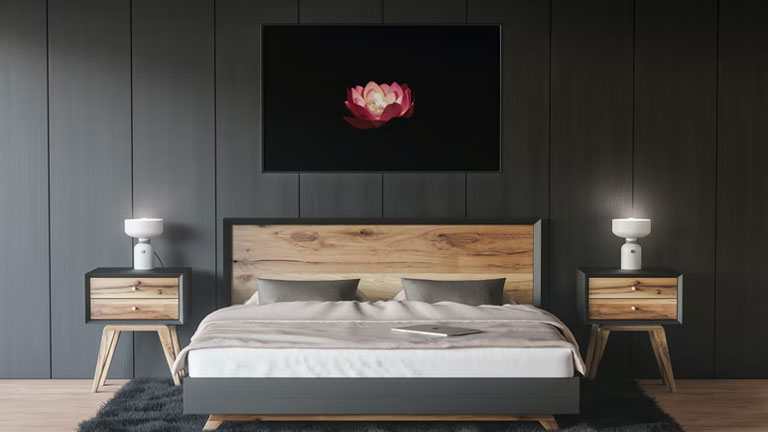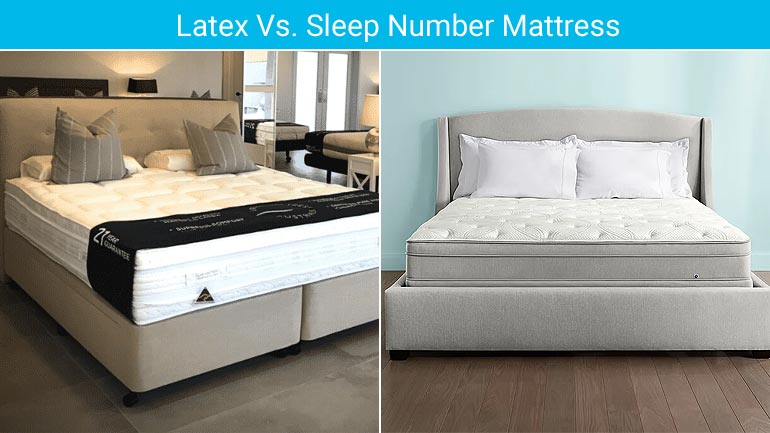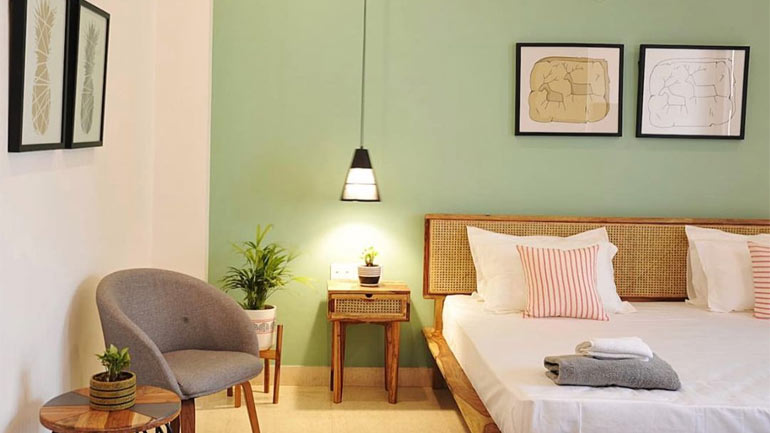 The reality is that these products come from every corner of the globe, with the United States and China being two of the top producers. Some brands have multiple layers made from multiple parts of the world. One, in fact, has layers manufactured in the United States, China, Belgium, and Montreal, Canada, as part of one product. Luxury mattress brands typically originate in the United States, Canada, and Europe, as part of brands like Malouf, Tempur Pedic, Serta and Sterns, and Foster.
The reality is that these products come from every corner of the globe, with the United States and China being two of the top producers. Some brands have multiple layers made from multiple parts of the world. One, in fact, has layers manufactured in the United States, China, Belgium, and Montreal, Canada, as part of one product. Luxury mattress brands typically originate in the United States, Canada, and Europe, as part of brands like Malouf, Tempur Pedic, Serta and Sterns, and Foster.
Mattress History
People started making and sleeping on specially-made surfaces in prehistoric times. The predecessor of a mattress was a pile of soft organic material, such as straw, grasses, leaves, and animal skins. Once people realized that their sleep improved as this surface was made softer, beds began to develop.
Although beds rapidly advanced in design and even became centrepieces in households, the mattress lagged behind. Technology did not yet provide for sophistication in these creations. They remained uncomfortable until the 20th century. Even after the 1900s, many people slept on lumpy cushions made of horsehair, straw, cotton, rags, corn cobs, and crop debris. Insects loved these pre-Edwardian bed cushions and kept sleepers more awake than asleep.
The First Mattress Factories
It was late in the 1800s that mattress factories started to open, but even commercially produced models were often stuffed with fabric castoffs from area tailors. It was not until after World War I that innerspring mattress companies made their products available on the mass market. Previously developed as early as the mid-1800s, these coil spring models cost too much to make for consumers. Only hotels and luxury ships featured this fancy innovation for decades.
In the past 50 years, mattress innovations have skyrocketed. There are now a wide variety of sleep surfaces and product materials to choose from. With the widely opening market, there are also more manufacturers in just about every country on the planet. The United States alone is home to more than 825 mattress manufacturers.
Canada is home to many brands, as well. Serta, Casper, Sleepwell, Obasan, Springwall Sleep Products, Matelas Princesse, Matelas Lapensee, Restwell, and Kingsdown are just some of the many product lines that have long been made in Canada.
Raw Materials Used in Mattress Manufacturing
There are many raw materials used to make mattresses. You can choose from natural products or those containing synthetic substances, such as memory foam. Springs used in innerspring, helical, and boxspring styles contain wires of varying gauges. Insulator layers are made of wire mesh or somewhat rigid netting.
There are many cushion designs used in mattress manufacturing today, and the list is continuing to grow on an annual basis. Modern cushioning raw materials include:
- Natural fibre
- Polyurethane foam
- Polyester
Other parts include the fabric flanges and metal hog rings with side panels typically made of quilted fabric over foam.
Finding the Right Mattress for Your Best Sleep
When shopping for a mattress, it is important to know what styles or types you prefer. Do you like a firm sleep surface or a pillowy one? Is back pain something you suffer on a regular basis? Are you a side sleeper or do you prefer your back or front? Does memory foam help you sleep better or do you prefer innerspring?
Obviously, with so many questions to answer as part of a selection of your ultimate mattress, you should buy your next one from a quality retailer. Find a store that provides sleep consultations, walking you through the multiple mattress types and helping you narrow your field of choices. By finding your best option, you will certainly sleep better!




